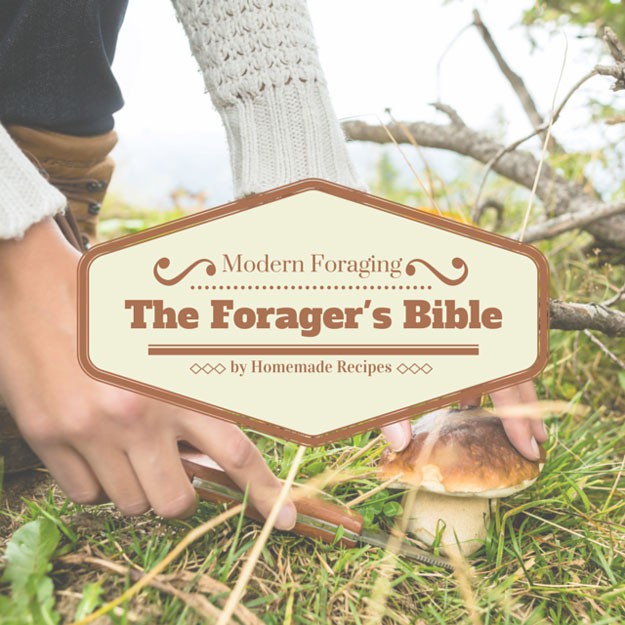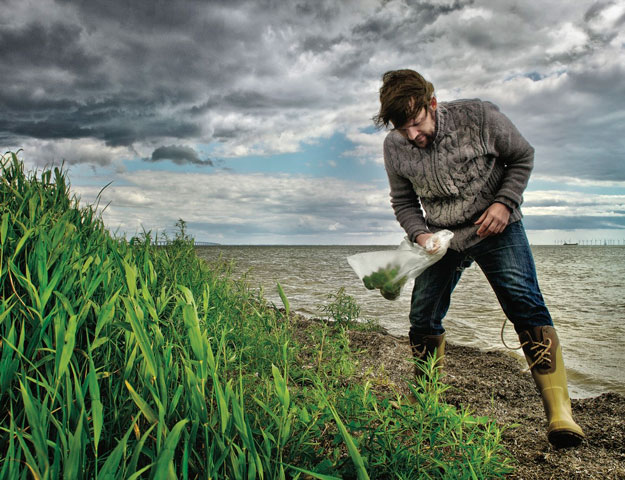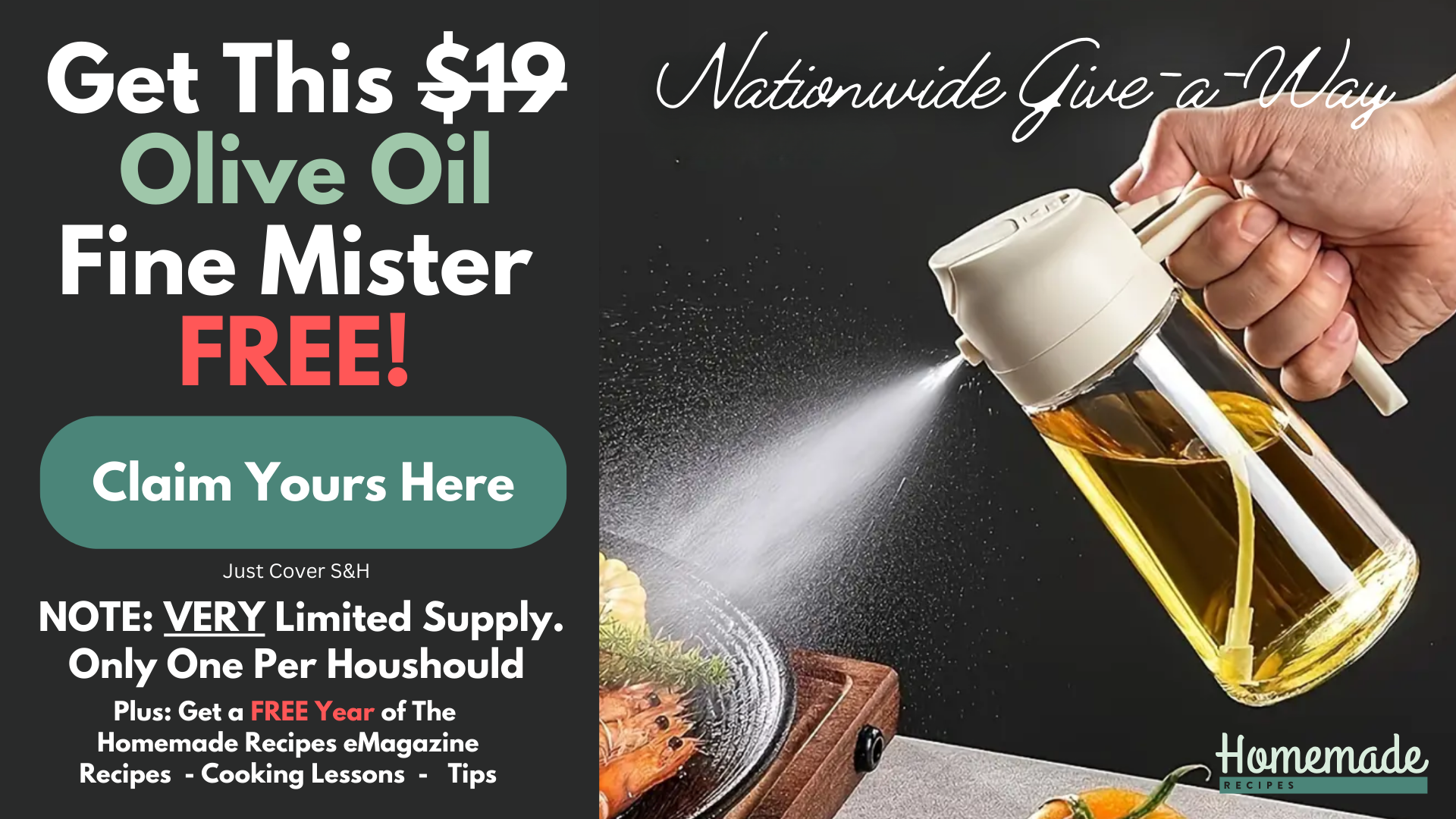Before you start foraging in the wilderness, learn what the major tips and benefits are to sourcing your own food and medicine!

Chapter 6: Tips & Benefits To Being A Forager
There are more and more people who are looking at using more wild foods in their diets, including chefs that add them to their dishes as recipes. In today’s society, the economic difficulties that we deal with have made it less expensive to consume foods that we forage in many areas like hedgerows and the woods. It beats heading over to the market and purchasing them. You might be curious as to why there is so much talk about foraging and what its benefits are, so what better way to learn than by jumping in and doing some research?
6.1 – What Are The Benefits To Foraging?
- Wild plants are extremely rich in nutrients – There are various types of wild plants available that are high in nutrients and contain phytochemicals that the human body needs to sustain itself. What is so wonderful about these plants is that they have not been subjected to any genetic modification or hybridization. This keeps them strong and vital. Phytochemicals are chemical compounds that give a plant their individual characteristics such as smell, color and taste. Although they are not necessarily essential nutrients, they are greatly believed to hold a strong factor in slowing down many diseases such as cancer. The best way to attain the plants’ benefits would be by consuming them whole. Nothing is better than eating safe plants that are high in vitamins, minerals, fiber, and calcium.
- They contain omega-3 fatty acids – This nutrient is essential for stabilizing metabolism, lowering the risk of getting diseases, preventing high blood pressure or other heart complications, and lowering depression.
- They’re low in fat – There are no chances you will gain weight even if you consume bundles of these plants. If anything, you will decrease your chances of obesity and easily melt those pounds away.
- Foraging is a great way to exercise – Bet you never thought of this; well maybe you did, but the point is that you are definitely on the move as you are walking to locate plants. It is like a combination of weight resistance with cardio. You are going to be doing a lot of activities like climbing, digging and even running. Remember to pack a bottle of water with you, especially during the summer season. With all the healthy eating and exercise you will be doing, you will become as fit as a fiddle.
- Wild plants look and taste fresher – Foods that are genetically modified and cultivated are highly altered. They are bred to appear fresh, resist any shipping damage, have a mild taste, and be harvested and stored with ease. These breeding mechanisms end up causing the plants to lose their valuable nutritional compound. Since wild plants do not have to worry about going through this, their way of fighting to survive is through their chemical agents. These are known as antioxidants, minerals, vitamins, flavonoids, and lycopene. Because wild plants are often consumed not too long after they are collected, they taste fresh. Do not take my word for it, you can compare what consumers sell in stores and farmers’ markets, you will notice the difference.
- It encourages bonding –There is a general set of rules when it comes to foraging. You absolutely can’t invite yourself into someone else’s garden without their permission, so as a forager you will have to interact with others quite often. It is almost like a domino effect once you get talking to people that you end up forming a bond with strangers or neighbors in your community.
- It is cheap – This one is quite obvious; you are picking free meals when you are a forager. You never know what edible plants could be growing even in your backyard, and all you need to do is start gathering them to consume them. There will be less of a need to visit supermarkets, and you do not have to worry about putting out any real investment. You are not the one purchasing the seeds or getting the fertilizer.
- A heightened sense of weather – Since you will be spending so much of your time outside, you can’t help but notice what the weather is like on a day to day basis. You will realize you could start to notice when the weather will start to become cloudy or windy. Alternatively, you could learn it by checking the plants, as well as the actions of many insects and animals surrounding the area.
6.2 – The Guidelines

image via New Yorker
There are certain rules that you should follow when you are foraging. The most important rule is that you should never consume a wild plant prior to meeting with a local expert. Although you may not initially think so, there are always people willing to lend their knowledge and experience to help you. Try to challenge yourself and see if you pick a plant that has been confirmed by an expert as safe to eat. You are not required to consume every plant that is edible though because different people do experience different reactions. What may be edible for someone else to eat may not apply to you, and you could start to experience unwanted reactions, even if you have no known allergies. It is often because of this that a lot of wild plants are not sold on the market. If you happen to see a plant you would like to test, you should follow certain guidelines to keep you safe.
>>Identify the Plant<<You must be completely positive you have located the plant you wanted without any doubt. You do not want to take chances and play with your life. Have an expert forager give you the confirmation instead of relying on a picture or vague description. Make sure you know specific information about the wild plant you are foraging like its physical characteristics. An identification book will be a great aid because often, pictures alone aren’t informative enough to make confirmed decisions. There are also various plants that have lookalikes and while you think you are looking at an edible plant, you may be looking at one that is toxic.
>>Right Time of the Year<<Once you are positive of the plant you’ve located, be considerate of what time of year it is. There is a right time for wild plants to know when they grow or are fruiting. If you were locating a plant that flowers around September and your plant appeared to be flowering in May, do not even think about eating it because chances are you don’t have the right plant. Still, all of this also depends on or where it is you live. There are a few plants that bloom once annually in some areas and twice annually in others.
>>Check the Environment<<It matters a lot to check the environment since it is a great discernment as to how the wild plants will turn out, but you should keep two things in mind. The first is ensure that the flora is growing in the right area and receiving clean water. The soil should also be fresh and non-polluted. In the event you see a plant is growing in a wet environment when it should be in a dry one, verify you have the right plant. Even though there are plants that can tolerate extreme changes, most of them have a specific environment they grow in. Keep away from plants along major highways and areas that use pesticides such as inner city parts.
>>Method of Preparation<<There are a couple of edible flowers that require particular preparation methods to consume safely. It is also why there are certain recipes here on how to properly prepare your meals. For example, Pokeweed, needs to be boiled around two to three times. Boiling it once like you would do with most other plants would result in you feeling sick. Other plants must be peeled or soaked in a salt water solution. These guidelines also apply:
- If you come across a plant that looks and tastes like mint, you can safely consume it because all mint plant are edible. If it looks like mint but does not have the aroma, do not eat it.
- The mint rule also applies to garlic and onions, they must both look and smell like either garlic or onions. There is such a plant that resembles garlic before it blossoms, it even has a bulb, but it does not smell like garlic. In most cases, you can fall ill by consuming this plant, but in severe situations, you may die, so be extremely cautious.
- Keep away from plants containing white sap. Though there are a few exceptions to this rule, most cannot be consumed. You would need to be sure it is safe to dare eat it. White berries are 99% toxic, for example, and I recommend you stay away from those.
- You can eat all mustards safely. Some are more flavorful than others, but they are edible.
- All mallows are safe for you to eat, except for cotton. However, you have cottonseed oil. There are different parts of mallows that can be eaten.
>>Be aware of the Dangerous Species in Your Local Area<<It is important that you can identify a plant just as much as you know of the dangerous ones that grow around you. This step should be done even before you go out and forage. When you understand what to avoid, it is easier for you to keep away and move on to find those that are edible.
>>Do Not Depend on Common Names<<Common names are used and associated with different plants. There are wild plants that are edible and those that are dangerous, even when they contain the same name. Instead, it is more reliable that you look at their Latin names. For example, Stellaria media, is only associated with common chickweed. Latin is a dead language, so it is chosen to classify plants and animals without the subject of change or evolution. Even if a century were to pass, the common chickweed would still be called Stellaria media.
>>Find a Mentor<<Even though this is a great guide to give you knowledge and information on foraging, you still need a mentor who can help you out during your journey. When you are with someone who is already a pro, you will have a much higher level of confidence when you begin. You are bound to be more successful when you are ready to fly on your wings.
The Foragers Bible
Get the next chapter before anyone else by keeping in touch!
Sign up for our daily newsletter here!
Have Instagram? Don’t forget to follow @HomemadeRecipesOfficial.
Click here to Like Us On Facebook.
Click here to Follow Homemade Recipes on Pinterest



Leave a Reply